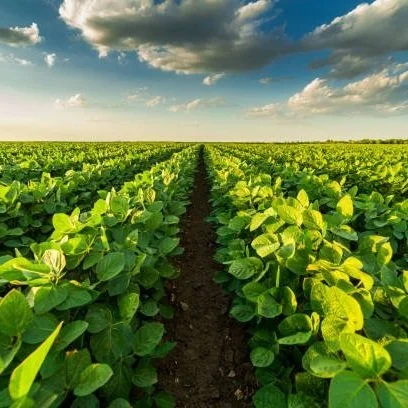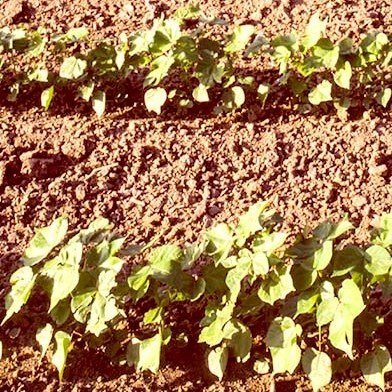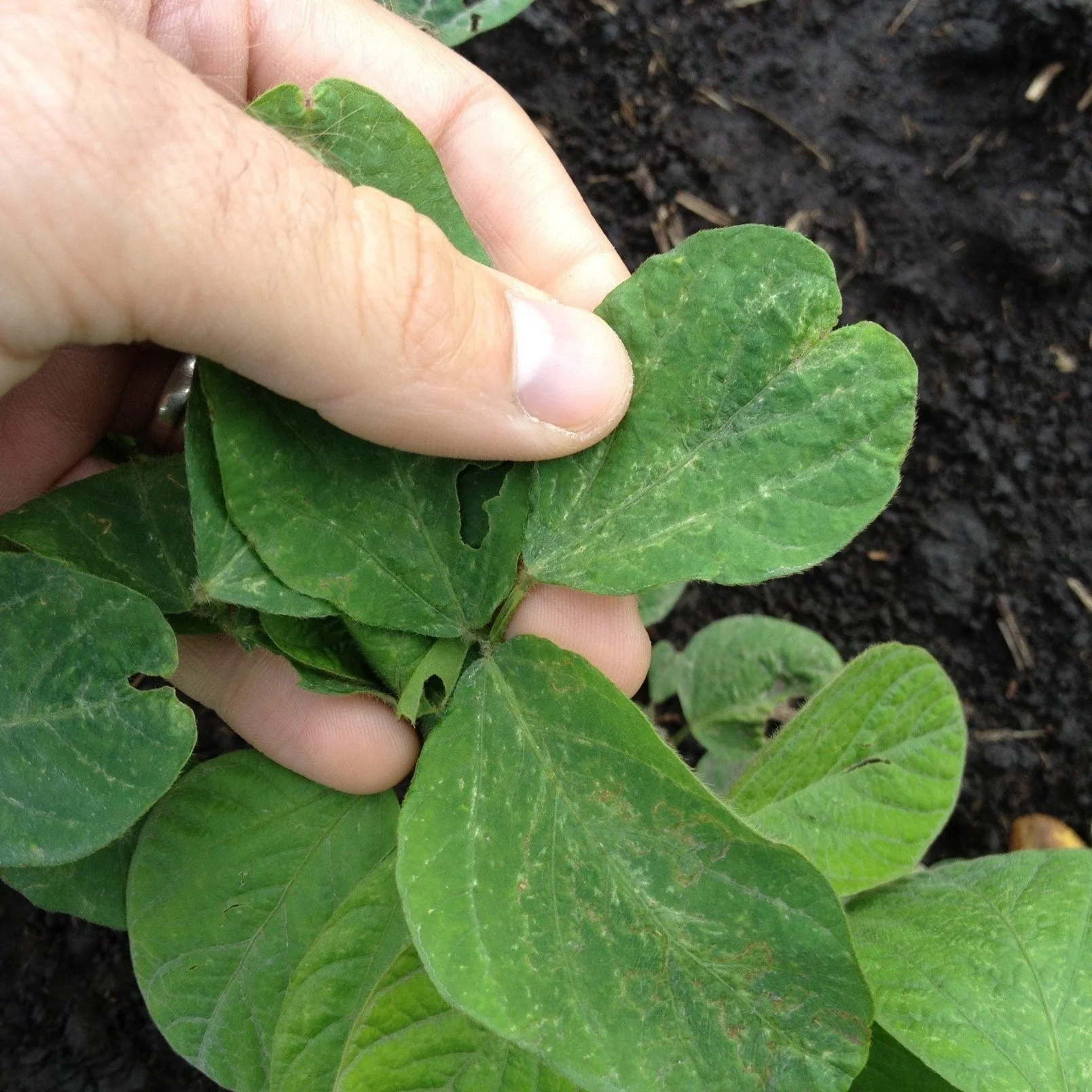Consultants like Mr. Ray Young over in Louisiana, who have a lifetime of agricultural wisdom and efforts to show for it, continue to prove just how crucial the role of an ag consultant is.
Read MoreThe Soy Checkoff is looking for farmers, like you, from diverse backgrounds to get involved in the United Soybean Board.
Read MoreThe planting dates for soybean in Louisiana range from early March to late June, depending on production systems and maturity groups. This variability in planting dates can expose soybean plants to a myriad of insect pests that can injure both below and above ground plant parts.
Read MoreClick for Microsoft Excel spreadsheets that allow growers the opportunity to evaluate the changes that herbicide selection, unit price, application rates, and tillage have on total weed control program costs on a per-acre basis.
Read MoreThe Agricultural Policy and Market Situation Newsletter (Volume V, Issue 1) contains a summary of agricultural policy happenings from the recent quarter (January 1st through March 31st).
Read MoreThe April Crop Market Update for Corn, Soybeans, Rice, and Cotton contains a discussion on USDA-reported supply and demand dynamics and farm price implications for the 2021/22 marketing year. The outside markets continue to monitor the Russia/Ukraine war as well as the slowing economy in China (due to the country’s COVID lockdown policy reducing import demand).
Read MoreUSDA published its annual survey-based Prospective Plantings report on March 31, giving the first look at what U.S. farmers intend to plant for principal crops in 2022.
Read MoreIn it’s latest prospective plantings report, USDA reports corn acreage in Louisiana this season will be down slightly while cotton acreage will be WAY up.
Read MoreThe U.S. Department of Agriculture’s (USDA) Commodity Credit Corporation (CCC) announced the 2022 Marketing Assistance Loan rates.
Read MoreThe soy checkoff released its inaugural U.S. Soy Sustainability Overview which outlines key environmental achievements made by U.S. soybean farmers. Their ongoing commitments will help optimize their efforts to continue providing the most sustainably produced soy to domestic and international customers.
Read MoreSoybean acreage has been projected to increase in 2022 in Louisiana as well as in several other states due, in part, to the high price of fertilizer.
Read MoreU.S. soybean meal has had a steady hand on the wheel of demand for many years, with oil riding shotgun. But it’s a new day — oil’s in the driver’s seat, offering new routes to farmers.
Demand for soybean oil is on the rise; it’s a popular input for a wide variety of products. According to the USDA Production, Supply and Distribution database in February, soybean oil demand has grown even within the past year. During the last marketing year, 9% of U.S. soybean oil was exported, 54% was used for food, feed and other industrial uses and 37% went to biofuels. Compare that to this marketing year, with a dip in exports to 5% and a bump in domestic demand for use in biofuels to 42%.
Read MoreThis month’s 2021/22 U.S. corn supply and use outlook is for increased food, seed, and industrial use, larger exports, and smaller stocks relative to last month.
Read MoreSoybean farmers from across the country all ask the same question: What maturity group am I going to plant?
Farmers in the North and Midwest tend to plant indeterminate soybeans while farmers in the South have traditionally planted determinate soybeans. But times are changing with more Southern farmers switching to indeterminate varieties.
Read MoreThe global soybean crop keeps shrinking, led by a massive decrease in South America. Last summer, USDA was expecting the combined 2021/22 soybean crop in Brazil, Argentina, and Paraguay to be a record.
Now the forecast calls for the smallest crop since 2018/19. Since December 2021, USDA has lowered soybean production in the three countries by more than 18 million tons:
Brazil: down 7% from 2021
Argentina: down 9% from 2021
Paraguay: down 37% from 2021















